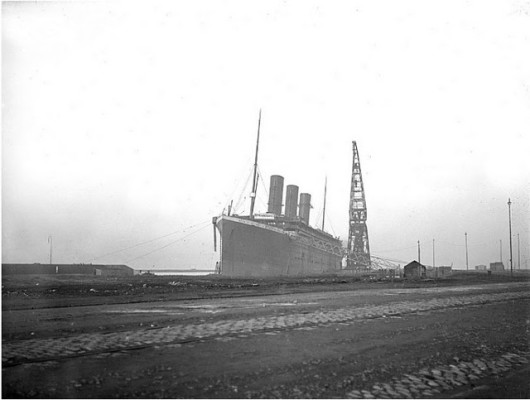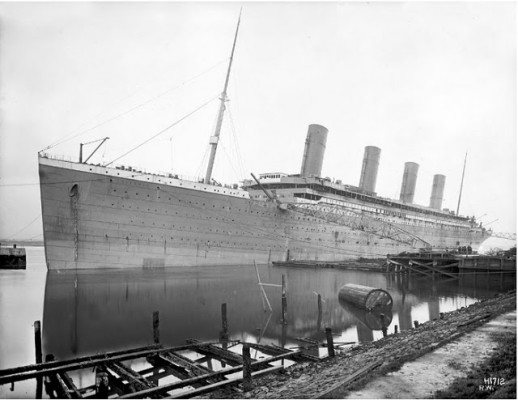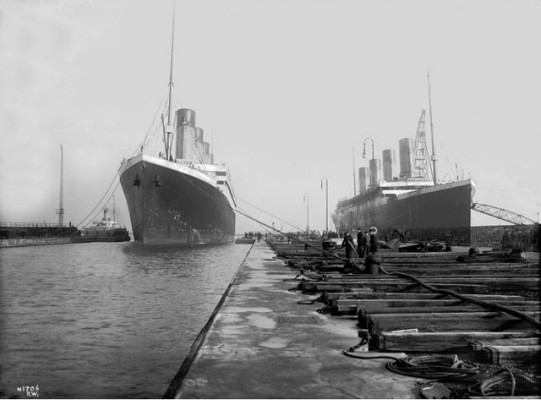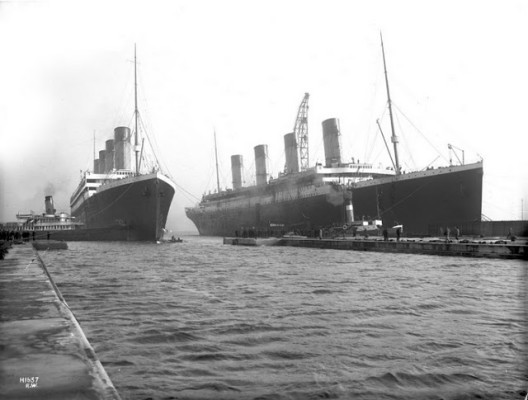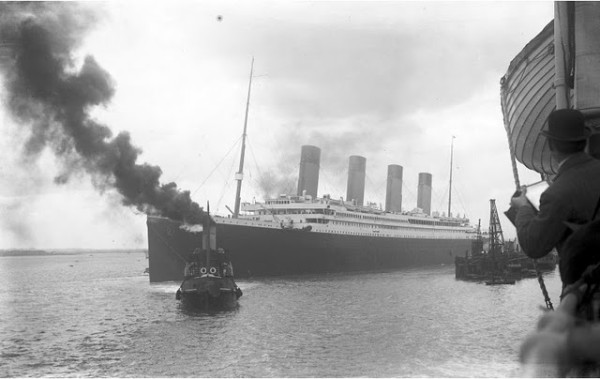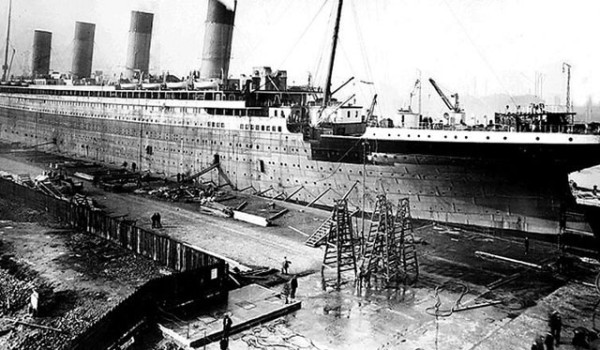Engineered to be the largest and most luxurious steamship in the world, the Titanic was truly a marvel of modern engineering. The largest luxury cruise vessel of its time, the ship was designed to be the biggest and highest quality ship available; had everything from an indoor pool, to a diner, to three different classes for passengers.
One of the most magnificent vessels to ever sail the Atlantic ocean, an example of craftsmanship, technology and majesty. The Titanic had two sisters named the Olympic and the Britannic (originally called the Gigantic), all of which were designed to be the largest and most luxurious vessels in the world.
The Titanic was designed using the latest in technology and with a vision of grandiose things in store for it. The idea of a luxury liner was first conceived in 1907, but the plans were introduced in 1909 and using the latest technology, the Harland Wolff shipyard in Belfast, Ireland created what they thought to be an unsinkable vessel.
“Not even God himself could sink this ship.” White Star Employee.
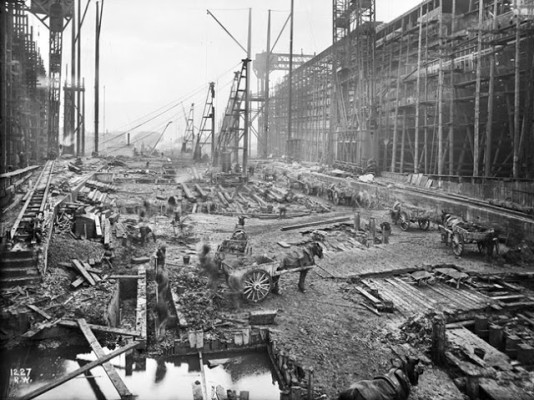
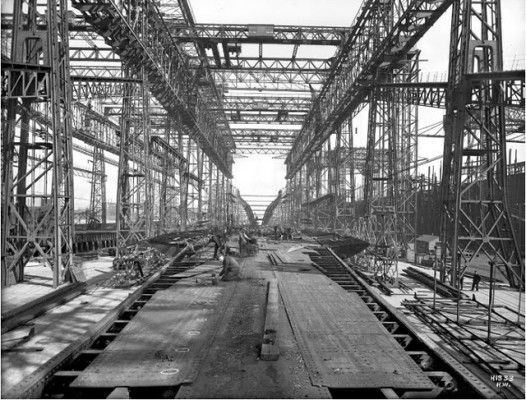
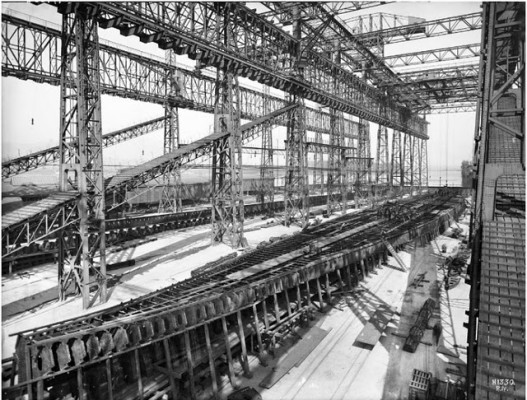
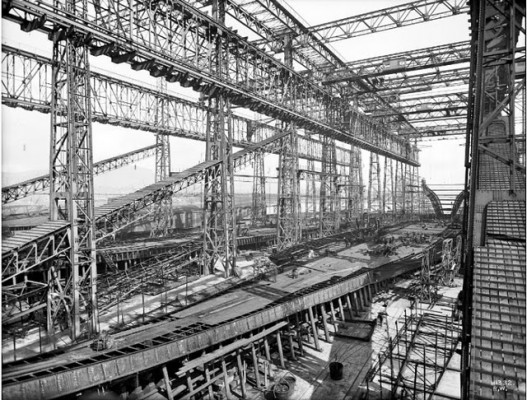
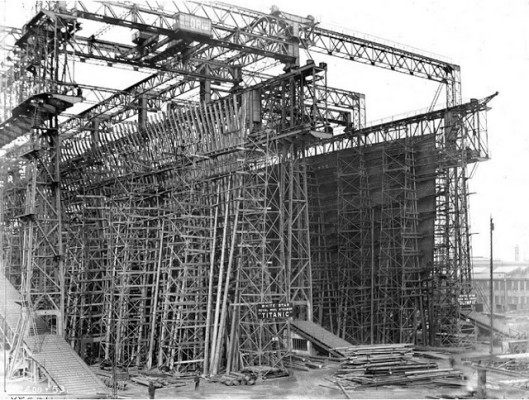
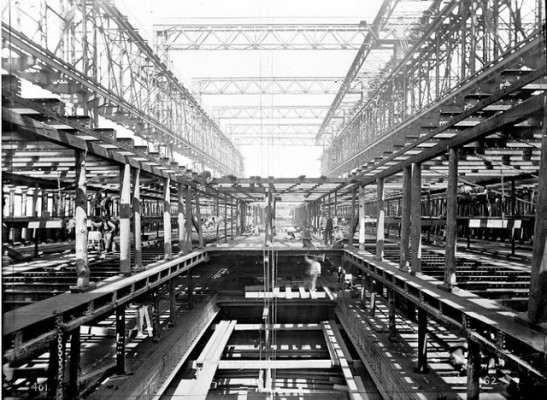
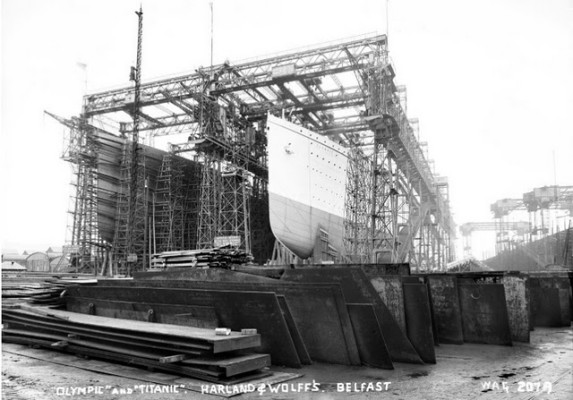
Construction of RMS Titanic, funded by the American J.P. Morgan and his International Mercantile Marine Co., began on 31 March 1909.
The Titanic construction was the work of Lord William Pirrie (director of Harland Wolf and White Star), naval architect Thomas Andrews (Harland Wolf construction manager), and Alexander Carlisle, the shipyard’s chief draughtsman and general manager. Designed to be the world’s largest passenger steamship upon its completion, the Titanic was nearly 883 feet long and 104 feet high. Accommodations for first class passengers included palatial state rooms, some with their own promenades, along with a grand staircase, library, smoking room, squash court, sumptuous restaurants and other amenities. Second and Third Class accommodations, while far less posh, were still considered better than their counterparts on other ships.
Of Harland & Wolff’s 15,000 workers, around 3,000 labored on the Titanic. Records show injuries to nearly 250 workers, with two workers dying in construction accidents in the shipyard and six more dying on board ship during building and fitting. Given the lax worker protection standards at the time, this was actually a good safety record.
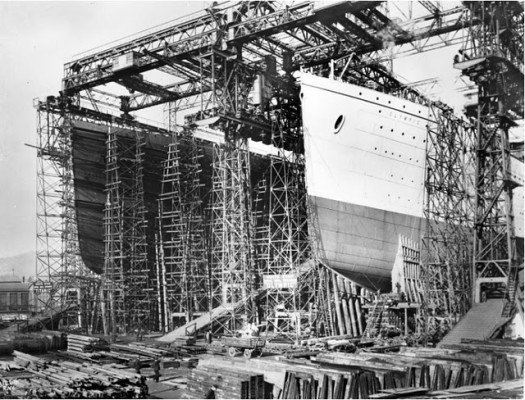
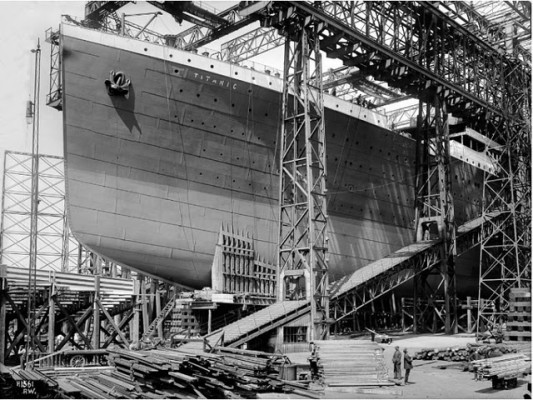
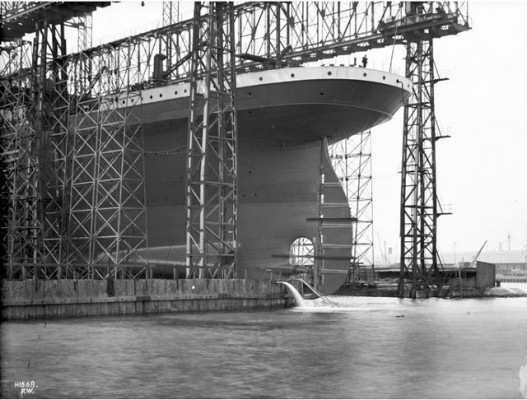
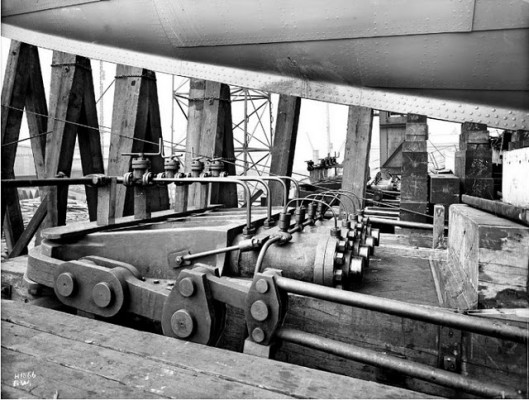
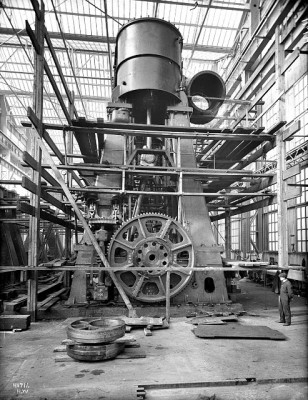
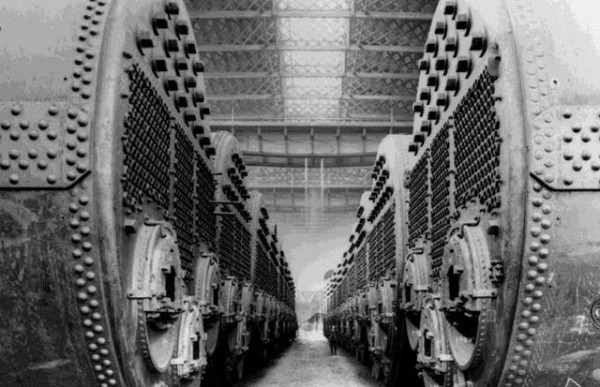
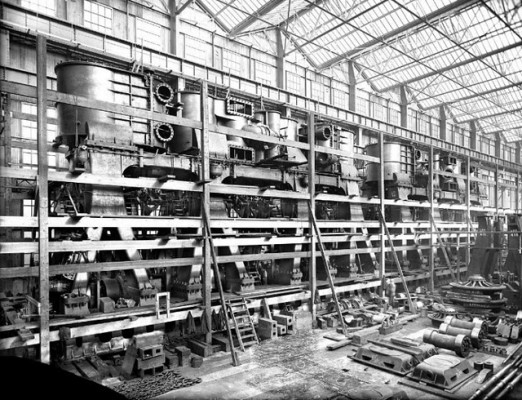
The primary design concept meant to make the Titanic unsinkable was a series of sixteen compartments separated by watertight bulkheads in the lower portion of the ship. Rather than, force passengers to use stairs to move between compartments, the ship’s designers included doors between them. In case of emergency, those doors could be closed with the flip of a switch, sealing the compartments off from one another and theoretically keeping water confined to the breached compartments. Even if, two middle or four front compartments were breached, the theory ran, the ship would stay afloat. Unfortunately, the iceberg that sank the Titanic breached five compartments.
It took two years to complete the actual construction of the Titanic, during which time workers placed 2,000 steel plates to form the hull, held together with more than three million rivets. Many riveters reported developing hearing problems later in life as a result of the noise the accompanied this task. Meanwhile, British forging company N. Hingley & Sons cast Titanic’s side and center anchors. The center anchor, over 18 feet long and weighing over 15 tons, was the largest hand-forged anchor ever made at the time. Most links in the anchor chains N. Hingley & Sons forged were 33 inches long though the largest links were a full three feet in length. In all, the Titanic received nearly 1,200 feet of chain for its anchors.
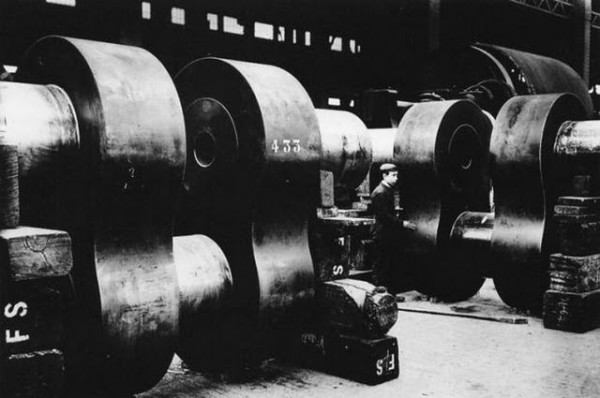
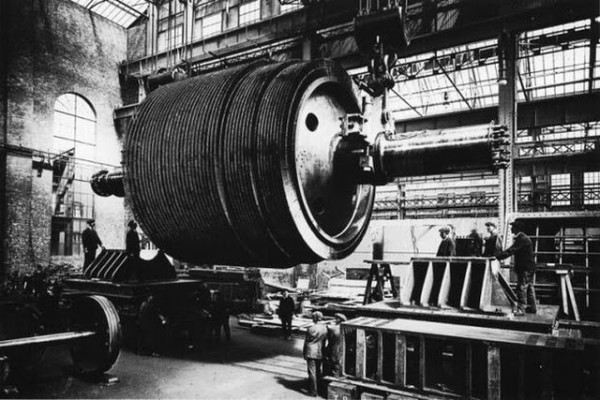
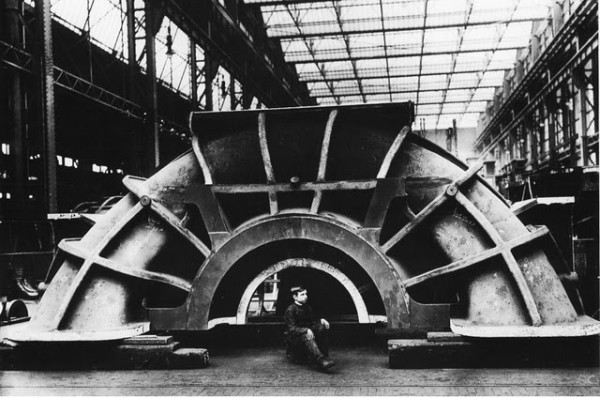
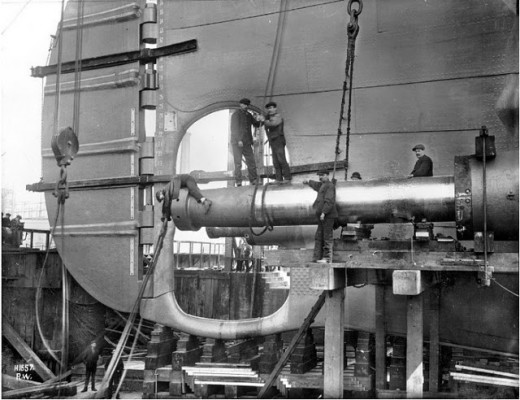
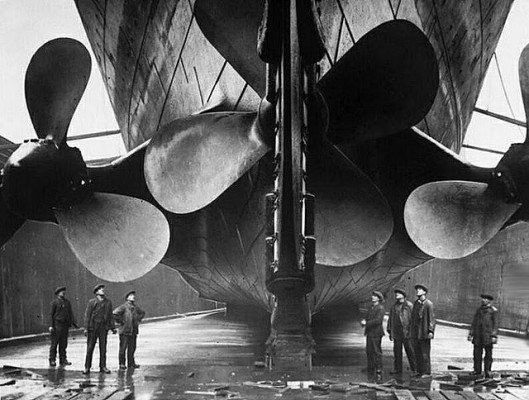
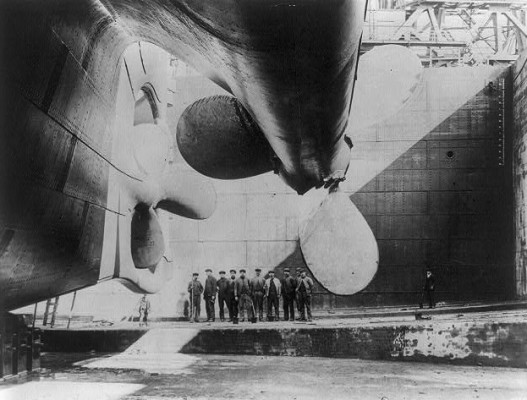
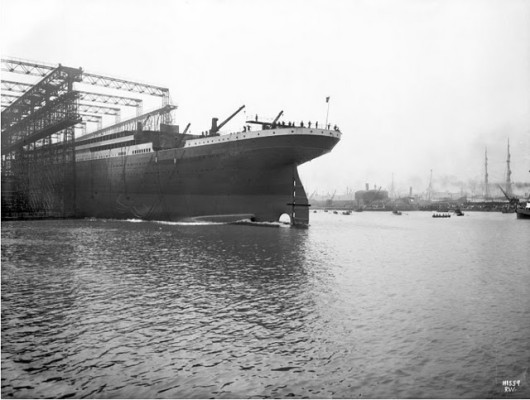
The ship was equipped with two reciprocating four-cylinder, triple-expansion steam engines and one low-pressure Parsons turbine, which powered three propellers.
A gantry is a crane system that maneuvers over the top of a ship in the dockyard carrying materials and workers to the heights and depths of building ships. The Titanic’s 220-foot Gantries were custom built to meet the needs of such a monstrous vessel and can be seen here. To power the largest movable structure ever made would require an enormous power source and in the early 1900’s that source was coal powered steam. There were twenty-four double ended Scotch class boilers and a further five single-ended boilers which were housed in six boiler rooms. The double ended boilers measured 20 feet long, with a diameter of 15 feet 9 inches and contained six coal burning furnaces. The single ended boilers were 11 feet 9 inches long with the same diameter.
With all boilers firing the Titanic produced around 46,000 horsepower. Thomas Andrew’s original design of the Titanic was so efficient that it was originally conceived with only three funnels to service the massive boilers some 150 feet below. White Star thought it a necessity a ship of such grandeur must possess four funnels. As a result, only three of the funnels were functional and the fourth was purely aesthetic. The Funnels were constructed off site and attached after the Titanic had left Dry-dock. The Titanic was equipped with a steam powered triple screw propulsion system to ensure it moved across the ocean at a respectable pace of approximately 22 knots but the blades were deliberately pitched at such an angle that the ship would not vibrate, discomfort or distract the passengers from the more elegant points of Titanic’s voyage on board when enjoying the smoking and dining rooms.The Hull would measure 882.9 ft in length and 92 feet in width and require at least 59 feet of water to float unobstructed.
Construction of the Titanic took the work of about 3000 laborers and nearly 3 million rivets.
The total cost of Titanic construction amounted to $7.5 million.
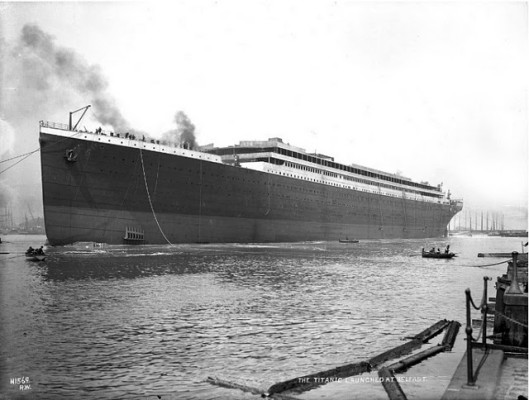
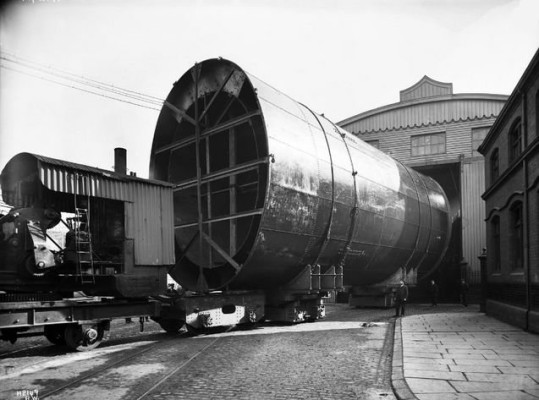
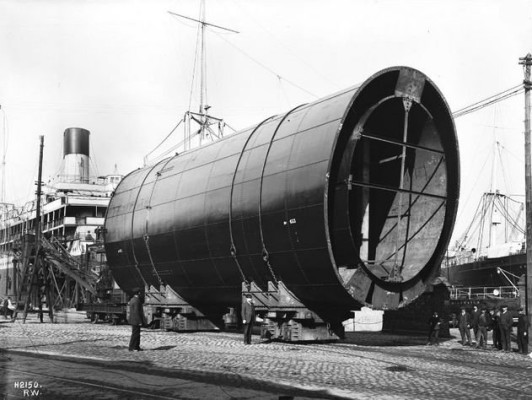
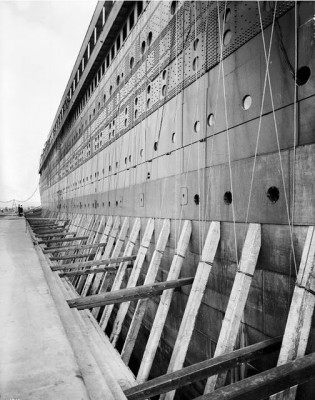
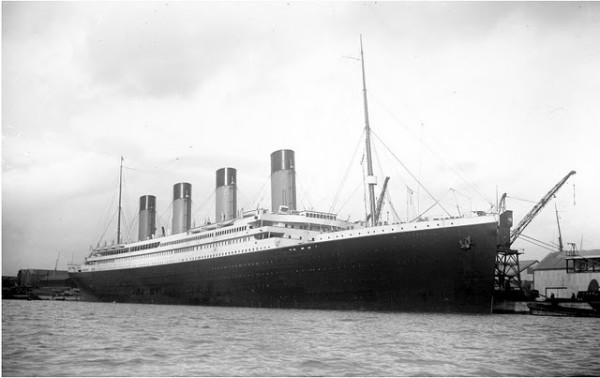
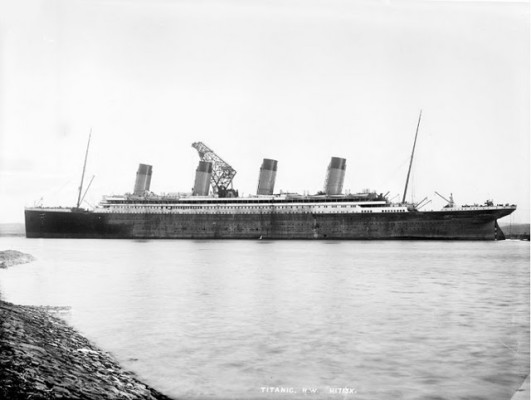
Once construction was complete, on May 31, 1911, twenty-five stories high, weighing 46,000 tons, and the largest moving object ever built at the time, the Titanic was ready to sail. During that year, workers installed the Titanic’s engines and funnels and completed its remarkable interior. By April 2, 1912, the ship was set to begin its sea trials.
